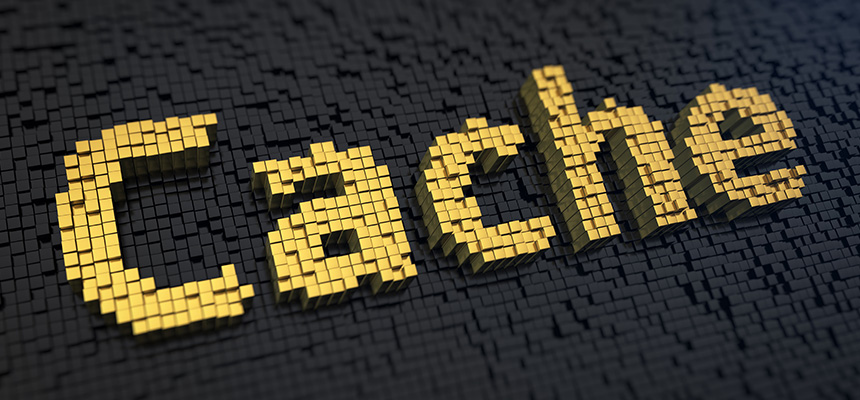“Hard Refresh” of Web Pages in Chrome
Written by William ElegeertJanuary 31 2023

Hard Refresh in Chrome: Browsers like Google Chrome have several shortcuts to refresh or reload a page. Unfortunately, you might still see local cache stored in the browser even after a refresh. This article will show you how to perform a hard refresh in Chrome so that the website is truly updated.
Hard Refresh Due to Browser Cache
The browser cache helps web pages load faster by retrieving them from local storage. The local cache is also known as the browser cache or temporary internet files. This significantly reduces the time and speed required to visit a website but can sometimes result in you not seeing the most recent—or new—content. Did you know that the shortcuts for a refresh are: F5, CTRL + R, CTRL + F5, and CTRL + Shift + R? These key combinations all reload the page in different browsers. Quite a few, right? This can be inconvenient, which is why you can instruct a browser to ignore the local cache and fetch a new copy of the page. This is called a hard refresh.
What is Browser Cache?
A browser cache, or web cache, is an information technology for temporarily storing web documents. This includes web pages, images, and other types of multimedia. Its purpose is to reduce server delay, speed up website loading, and consume less data (MBs).
Hard Refresh in Chrome
In Google Chrome, these keyboard shortcuts may not always work. To perform a hard refresh in Chrome, you can follow these steps:
Press F12 or CTRL + Shift + I to open the Developer Tools.
Right-click on the browser’s reload button.
You will now see a context menu with the option “Empty Cache and Hard Reload.” Click on it, and the browser cache will be cleared and the page will be forcefully reloaded.
Getting started with
SowiesoDigital?
Want to learn more? Contact us.